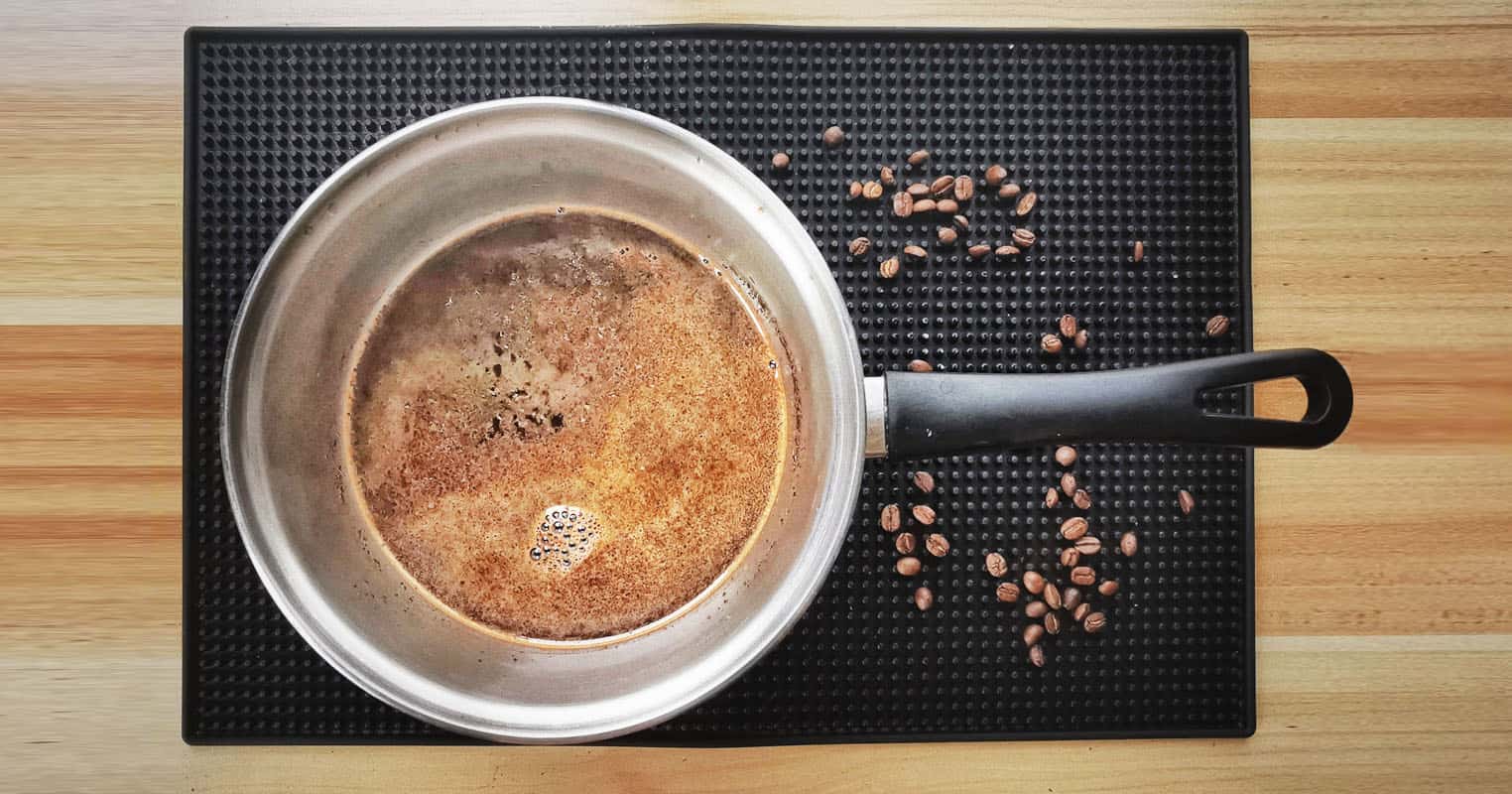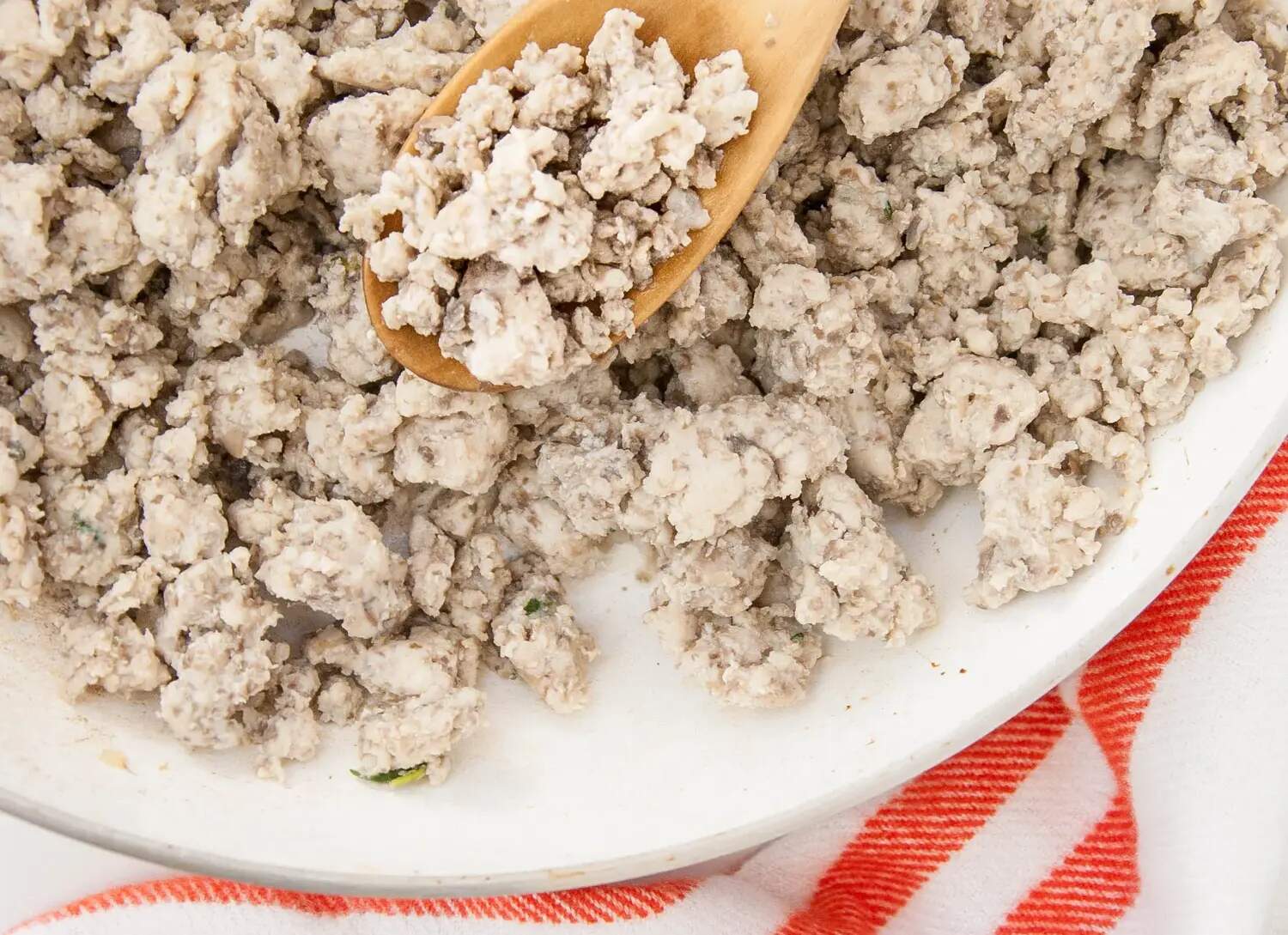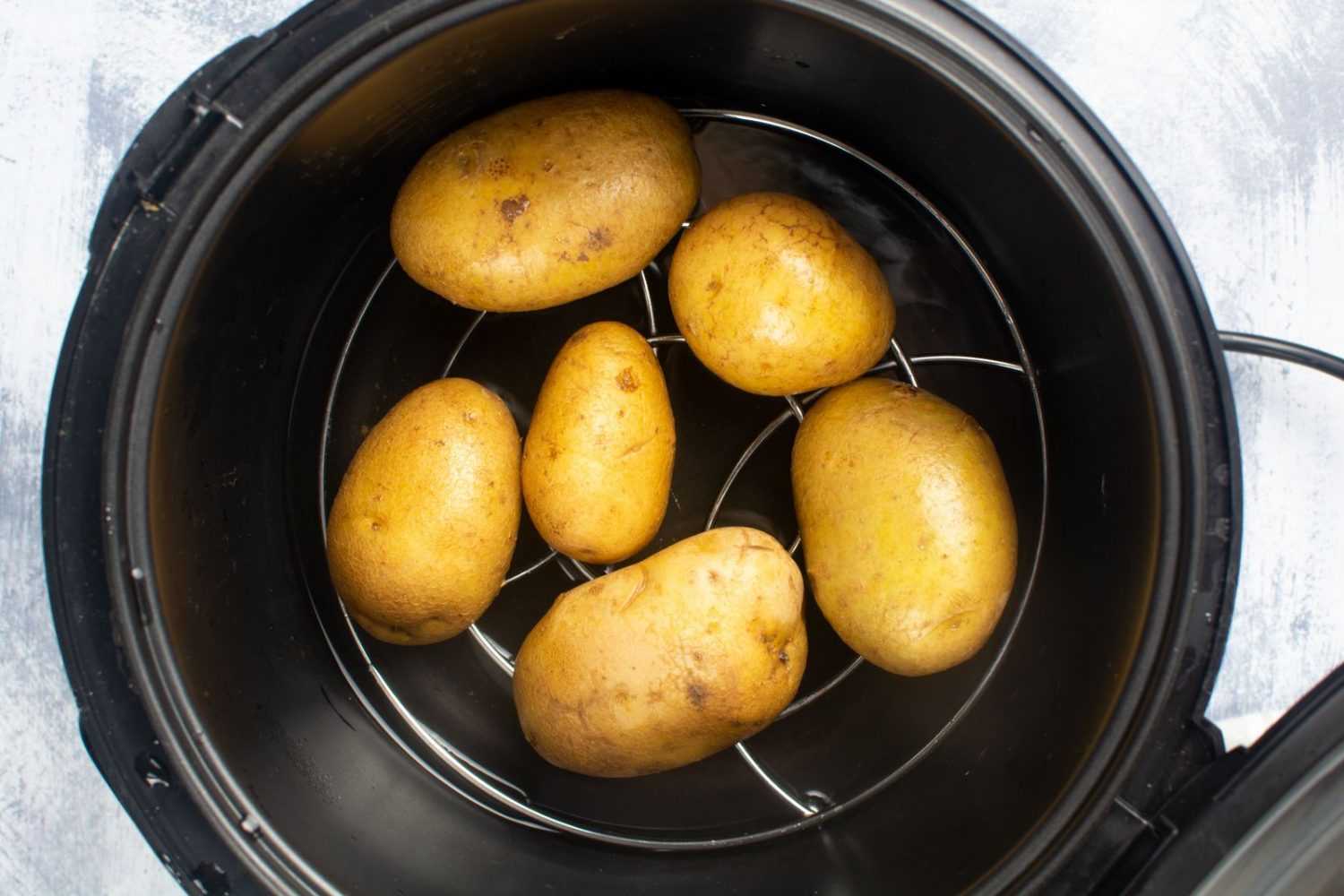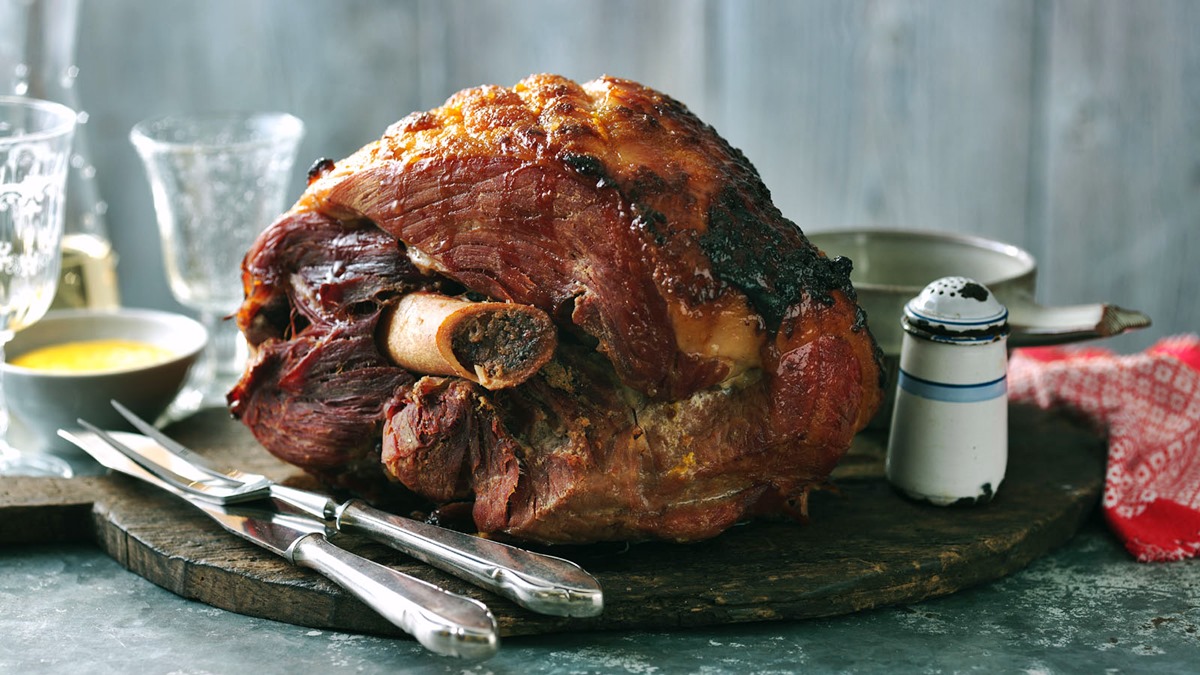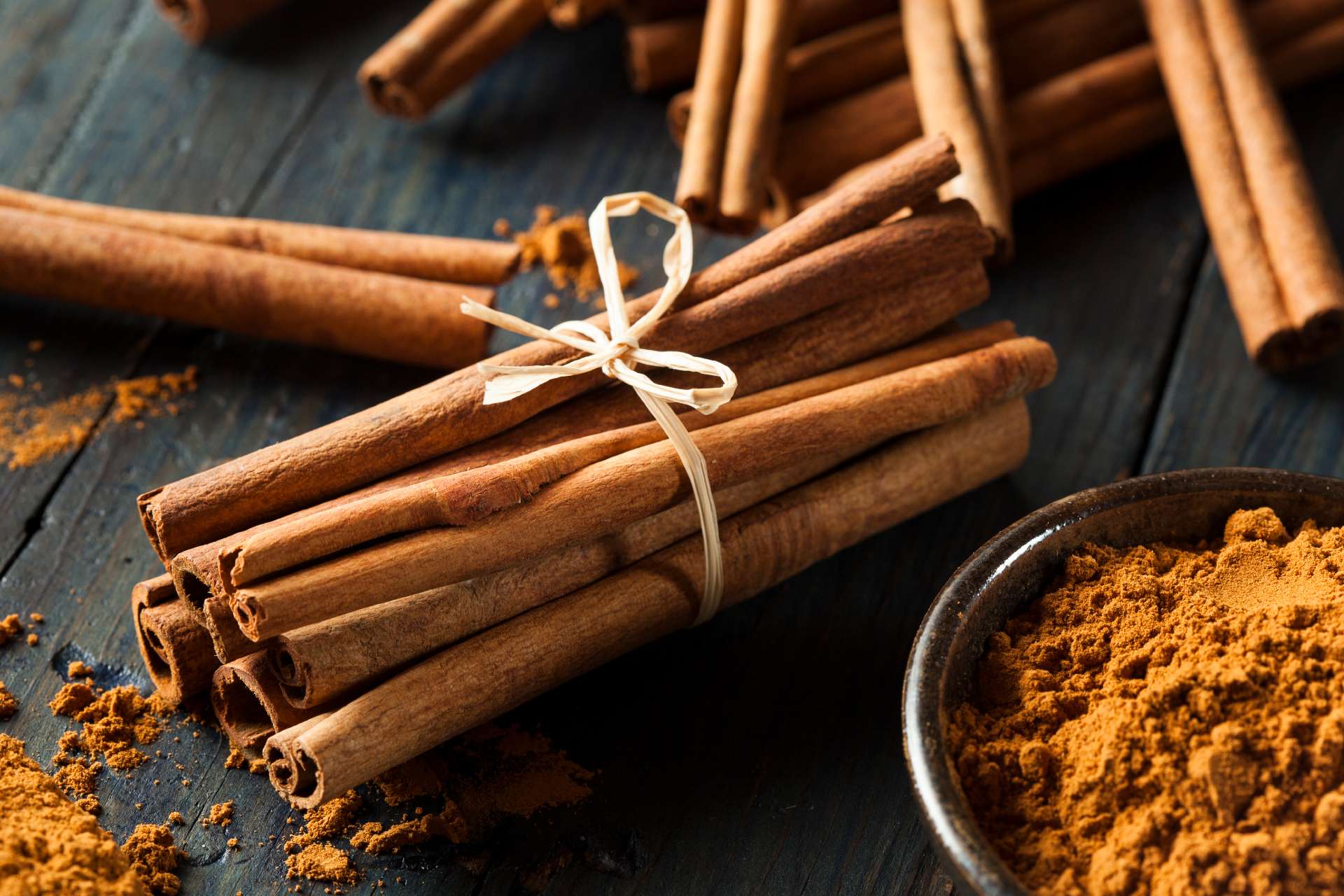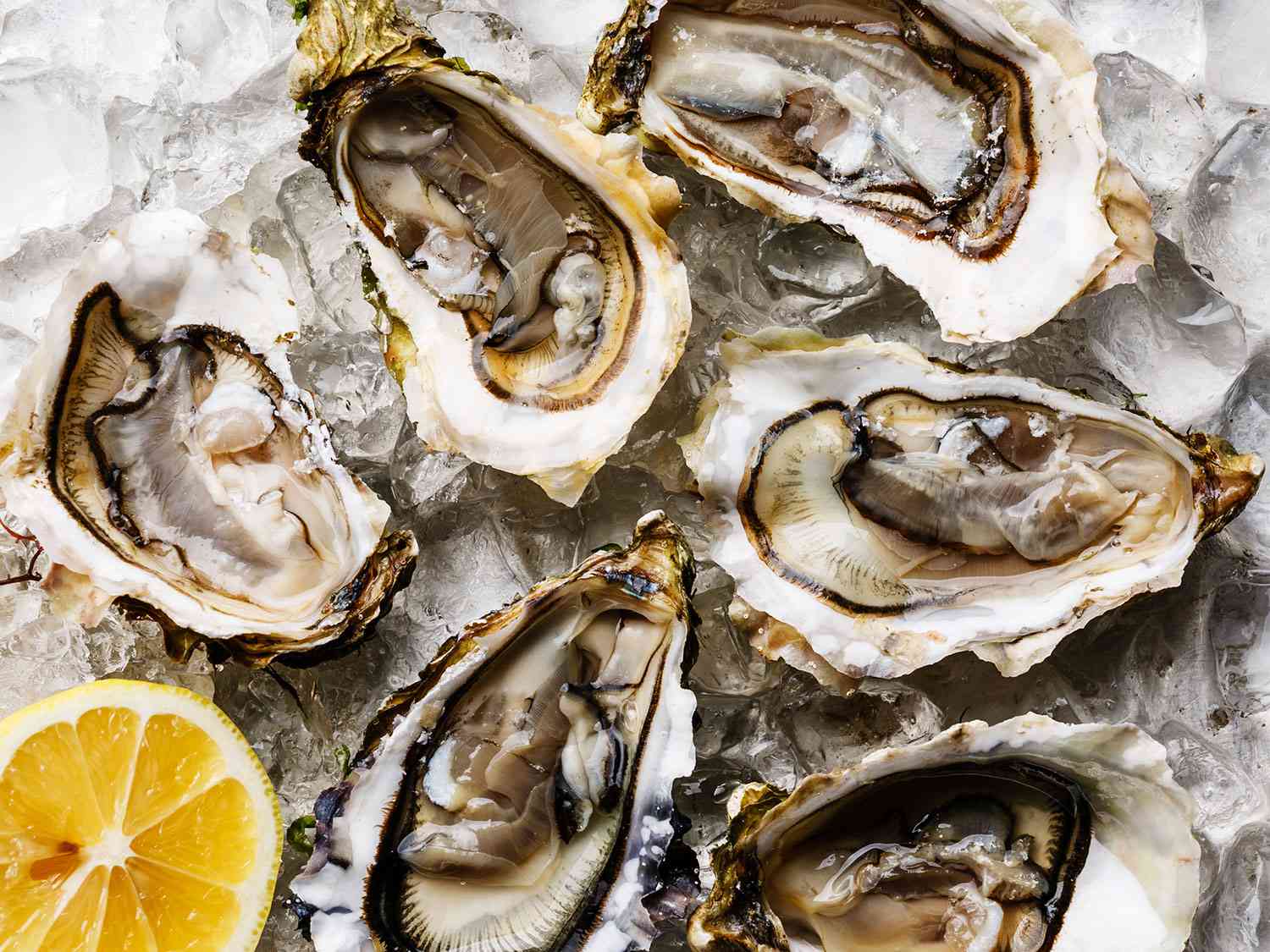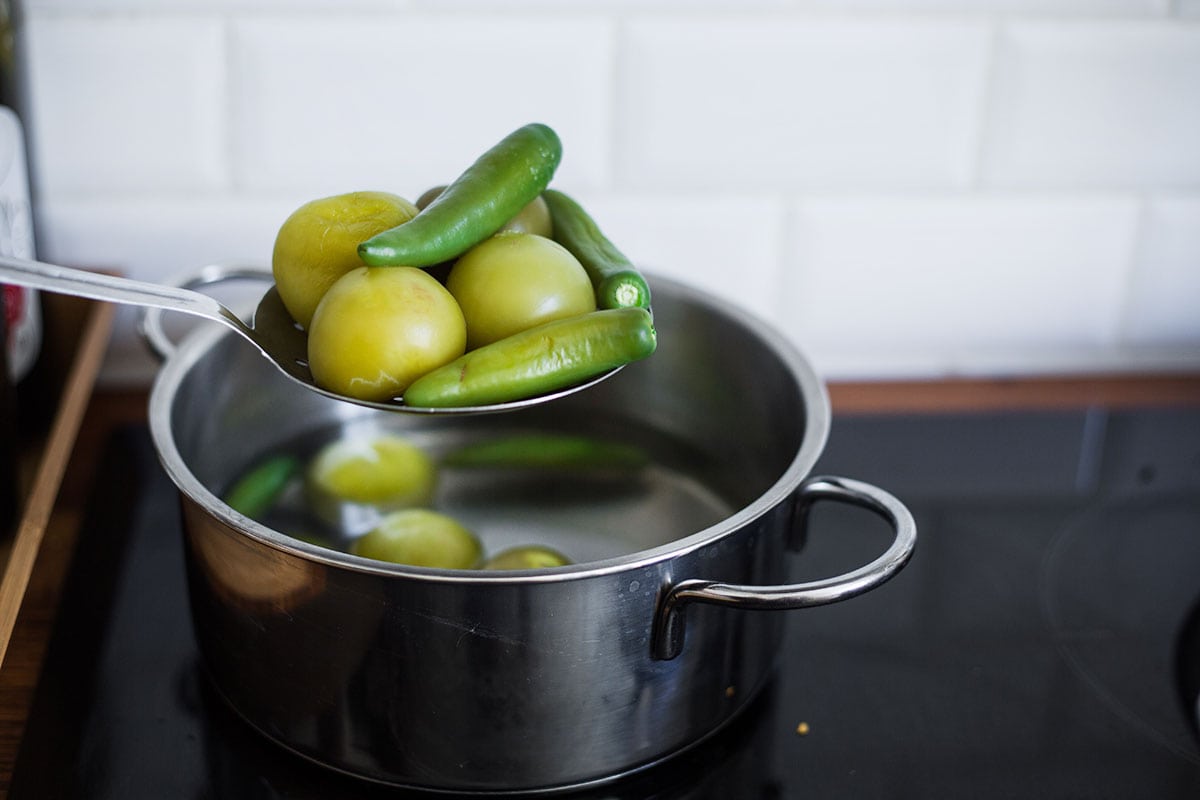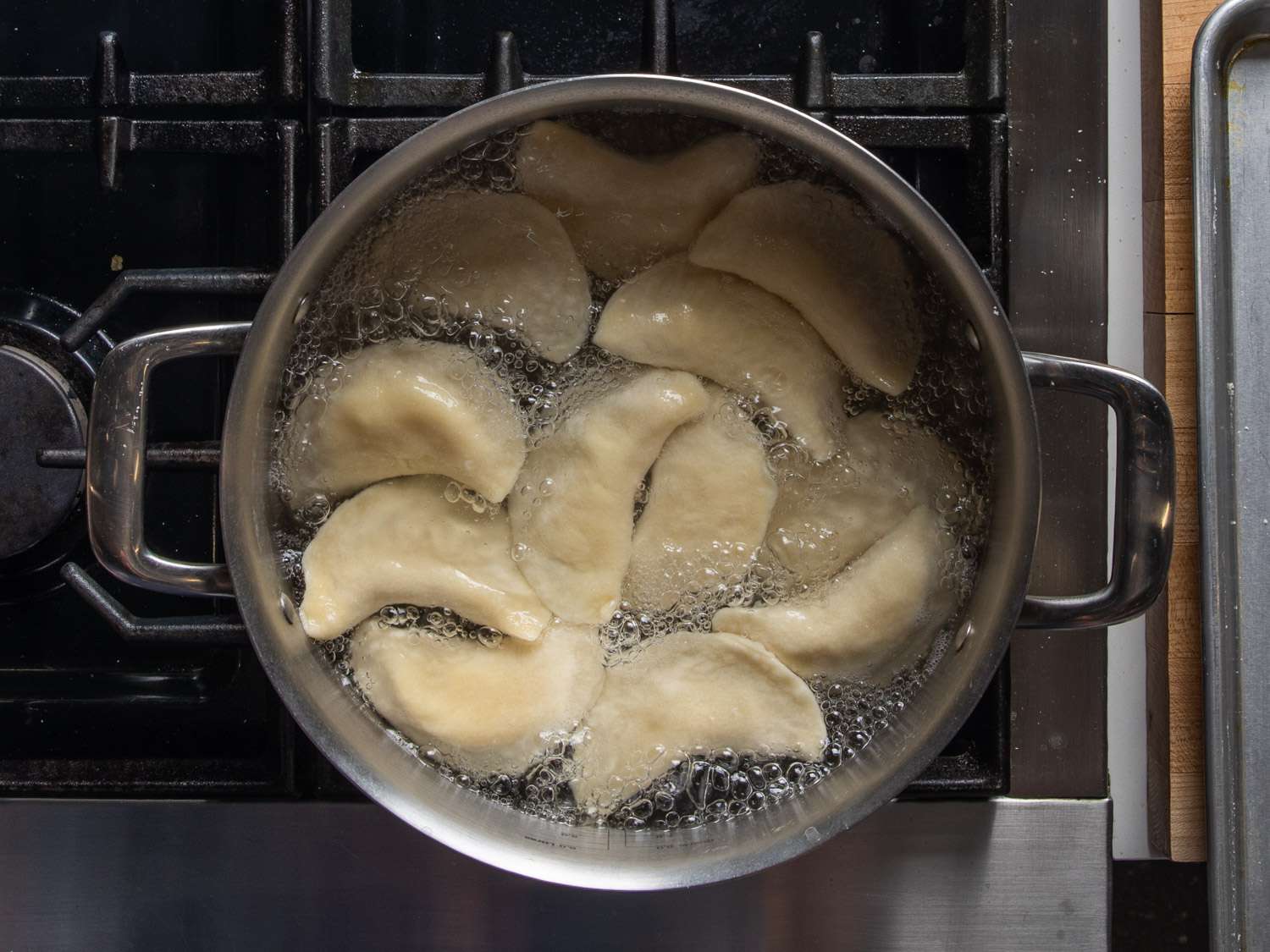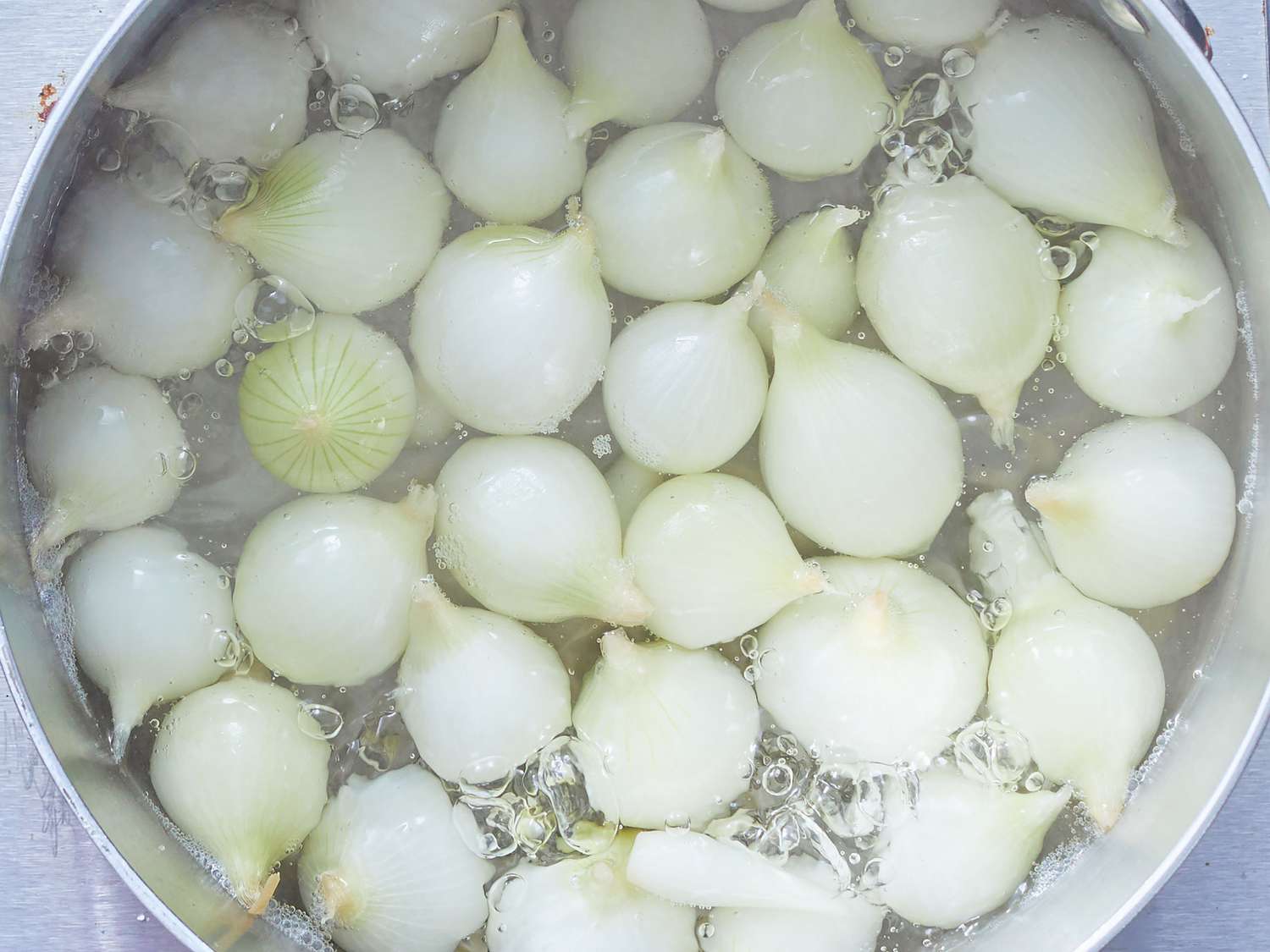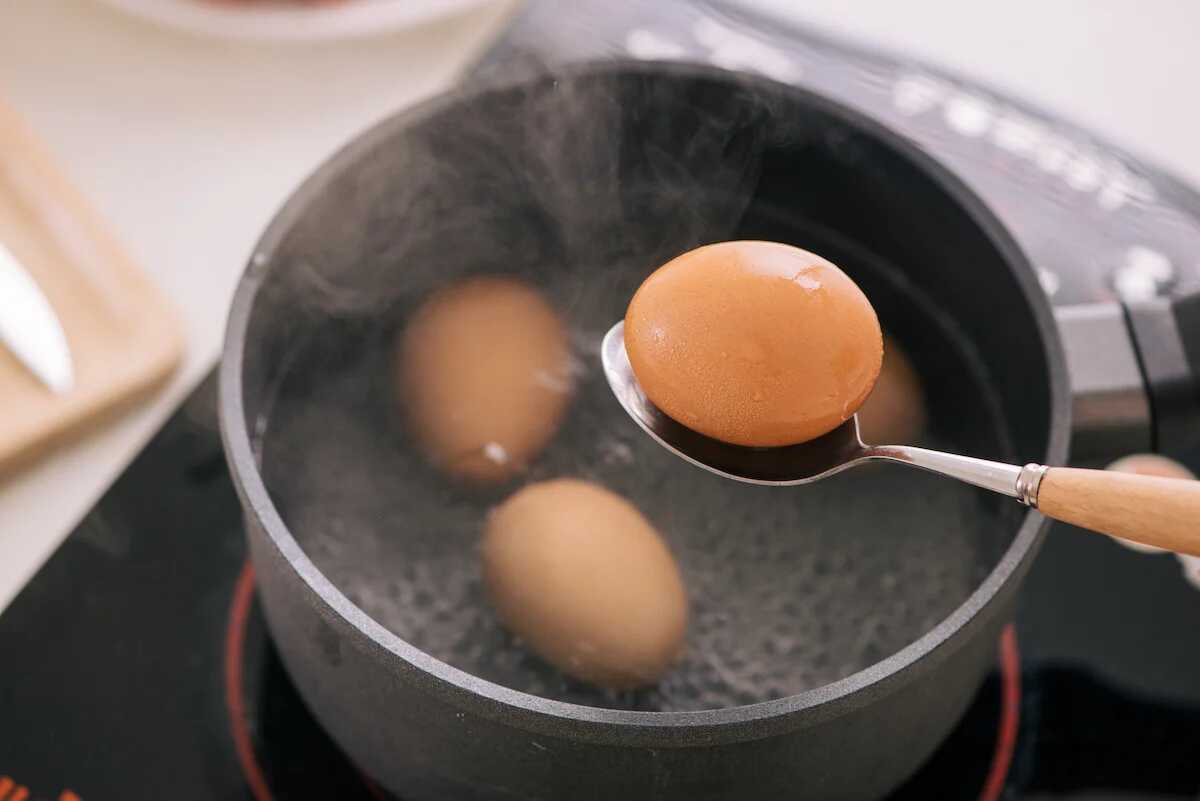How To Boil Broccoli And Cauliflower: A Simple and Delicious Guide
Broccoli and cauliflower are versatile and nutritious vegetables that can be enjoyed in numerous ways. One popular cooking method is boiling, as it helps retain flavor and texture while ensuring that the vegetables are cooked to perfection. In this article, we will guide you step-by-step on how to boil broccoli and cauliflower, so you can create a tasty and wholesome dish for yourself and your loved ones.
Why Boil Broccoli and Cauliflower?
Boiling broccoli and cauliflower is a great way to retain their natural flavors and nutrients. Here are a few reasons why boiling these vegetables is a fantastic choice:
- Retains nutrients: Boiling helps to preserve the valuable nutrients found in broccoli and cauliflower, such as vitamins C, K, and fiber.
- Softens texture: Boiling the vegetables makes them tender and easy to eat, making it a perfect option for those who prefer softer textures.
- Versatile cooking base: Boiled broccoli and cauliflower can be used in a variety of dishes, from salads and stir-fries to soups and casseroles.
Step-by-Step Guide: How To Boil Broccoli and Cauliflower
Follow these simple steps to boil broccoli and cauliflower to perfection:
- Prepare the vegetables: Start by rinsing the broccoli and cauliflower under cold water to remove any dirt or impurities. Then, cut them into florets, ensuring they are similar in size to ensure uniform cooking.
- Boil water: Fill a large pot with water and bring it to a rolling boil. Make sure there is enough water to completely cover the vegetables.
- Add salt (optional): If desired, you can add a pinch of salt to the boiling water to enhance the flavor of the vegetables. Avoid adding too much as it can make the dish overly salty.
- Blanch the vegetables: Gently place the broccoli and cauliflower florets into the boiling water. Allow them to cook for 3-5 minutes or until they reach your desired tenderness. Be sure not to overcook them, as this can lead to a mushy texture.
- Drain and cool: Once cooked, immediately remove the pot from heat and drain the water. Transfer the boiled vegetables to a colander and rinse them under cold water to stop the cooking process. This also helps in preserving their vibrant green color.
Serving Suggestions
Now that you have perfectly boiled broccoli and cauliflower, here are some delicious serving suggestions:
- In salads: Add the boiled vegetables to a refreshing salad with mixed greens, cherry tomatoes, and a tangy vinaigrette dressing.
- As a side dish: Serve the boiled broccoli and cauliflower alongside your favorite protein, such as grilled chicken or fish.
- In stir-fries: Toss the boiled vegetables in a hot wok along with other colorful veggies and your choice of sauces for a quick and healthy stir-fry.
- In soups: Blend the boiled broccoli and cauliflower with vegetable broth to create a creamy and nutritious soup.
Conclusion
Boiling broccoli and cauliflower is a simple and effective cooking method that allows you to enjoy their natural flavors while retaining their nutritional value. By following the step-by-step guide provided in this article, you can easily prepare these vegetables to perfection and explore various culinary possibilities. So, grab some broccoli and cauliflower, fire up your stove, and start boiling your way to a tasty and wholesome meal!
More Delicious Ways to Enjoy Boiled Broccoli and Cauliflower
Once you've mastered the art of boiling broccoli and cauliflower, why not put those skills to the test with a variety of delightful recipes? For a refreshing side dish, try the read about broccoli and cauliflower salad, perfect for warm weather meals. If you're in the mood for something hearty, the explore cheesy broccoli cauliflower bake provides a comforting, cheesy goodness that's hard to resist. For those looking for a vegan option, the try vegan broccoli cauliflower casserole offers a healthful and satisfying meal. Each recipe provides a unique way to enjoy these nutritious vegetables, enhancing everyday meals with ease and flair.
Was this page helpful?
Read Next: How To Boil Palo Azul
